The Tesla Model 3 has undeniably shaken up the automotive world since its arrival. It pushed electric vehicles into the mainstream, combining impressive technology with desirable performance and a minimalist aesthetic. Now, with the updated Model 3, Tesla aims to solidify its position in the EV market. But does this refresh make it a better car and still a leader in its class? This Tesla Model 3 Review dives into the details to see if it lives up to the hype.
A Fresh Look: Exterior and Interior Updates
Tesla has refined the Model 3’s styling, giving it a more mature and sophisticated appearance. The front end receives a significant makeover with slimmer headlights and cleaner lines, ditching the somewhat bug-eyed look of the previous model. The rear also sees changes, with new taillights integrated smoothly into the boot lid. These subtle but effective tweaks contribute to a more aerodynamic profile, boasting Tesla’s lowest drag coefficient yet (0.219Cd), which is crucial for maximizing range and efficiency.
Inside, the minimalist design ethos remains, but with notable changes. The most prominent is the removal of stalks from the steering column. Indicators are now controlled by buttons on the steering wheel, a design choice borrowed from Ferrari. While some might find this futuristic, it can be less intuitive in certain situations, such as navigating roundabouts where indicating while turning the wheel becomes more complex. Wiper controls are also integrated into the steering wheel, accessed via a button and on-screen menu. This centralization of controls further emphasizes Tesla’s commitment to a streamlined, tech-focused driving experience.
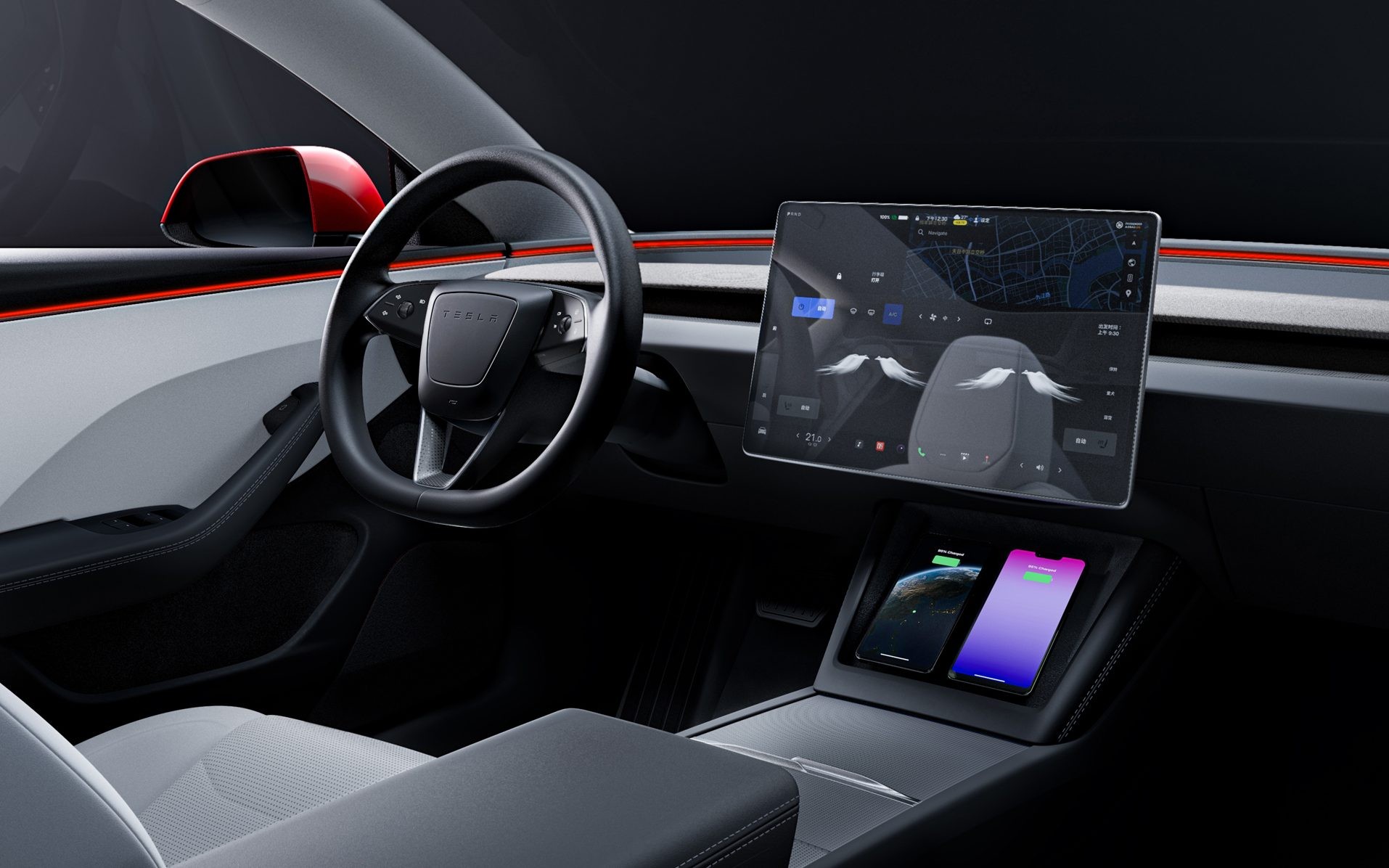 Tesla Model 3 Steering Wheel Controls
Tesla Model 3 Steering Wheel Controls
Performance and Driving Dynamics: Still Electrifying
The Tesla Model 3 continues to impress with its performance. The base rear-wheel-drive model achieves 0-60mph in a brisk 5.8 seconds, while the Long Range dual-motor version shaves that down to a Porsche 911-rivalling 4.2 seconds. While outright speed is a Tesla hallmark, the Model 3 also shines in its ride and handling. The suspension strikes a good balance between comfort and control, offering a composed ride on various road surfaces. It absorbs bumps effectively while maintaining composure in corners, making it both enjoyable for daily driving and engaging on twisty roads. The steering is well-weighted and responsive, contributing to a sporty and confident feel behind the wheel. Road noise is also noticeably reduced in this updated model, especially at motorway speeds, although wet weather wheel arch noise can still be present.
Technology and Features: Innovation at Your Fingertips
Technology is at the heart of the Tesla Model 3 experience. The large central touchscreen, now with slimmer bezels, remains the command center for virtually all vehicle functions. While some drivers appreciate the clean and uncluttered dashboard, the reliance on the touchscreen for basic controls like wiper speed and mirror adjustments might not appeal to everyone. Notably absent are Apple CarPlay and Android Auto. Tesla encourages users to utilize its native apps for navigation and media, including Spotify, Apple Music, and Tidal. While workarounds exist, the lack of seamless smartphone integration is a point to consider for many users.
Despite these quirks, the infotainment system is generally responsive and well-designed. Tesla’s inclusion of games and entertainment apps adds a unique touch, particularly for families, making charging stops more engaging. A new addition for rear passengers is a screen mounted between the front seats, allowing them to control climate settings and enjoy streaming services like Netflix, Disney+, and YouTube, further enhancing the in-car entertainment experience, especially on long journeys. Bluetooth headphone connectivity for rear passengers is also a welcome feature for quieter journeys.
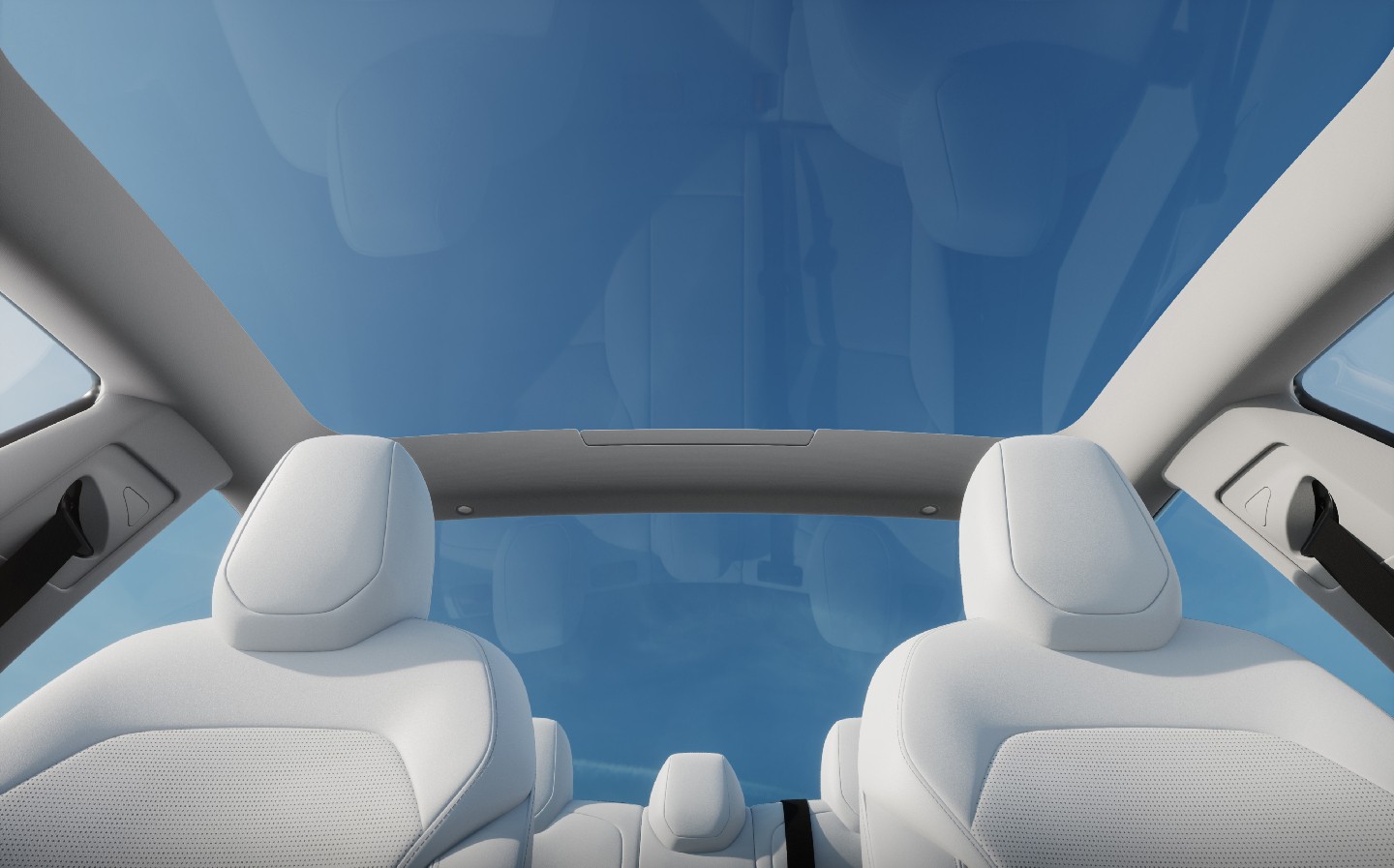 Tesla Model 3 Panoramic Glass Roof
Tesla Model 3 Panoramic Glass Roof
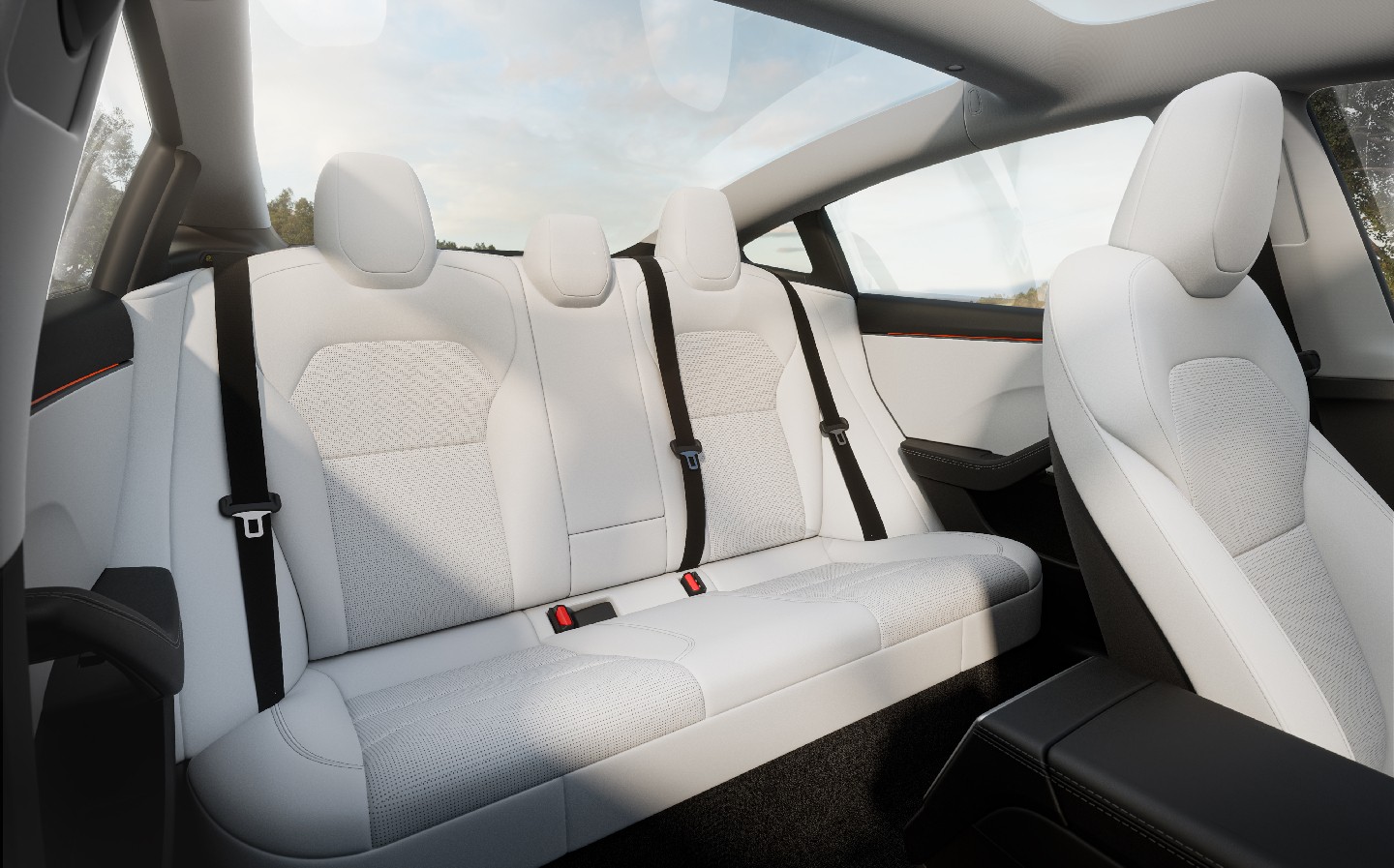 Tesla Model 3 Rear Seats
Tesla Model 3 Rear Seats
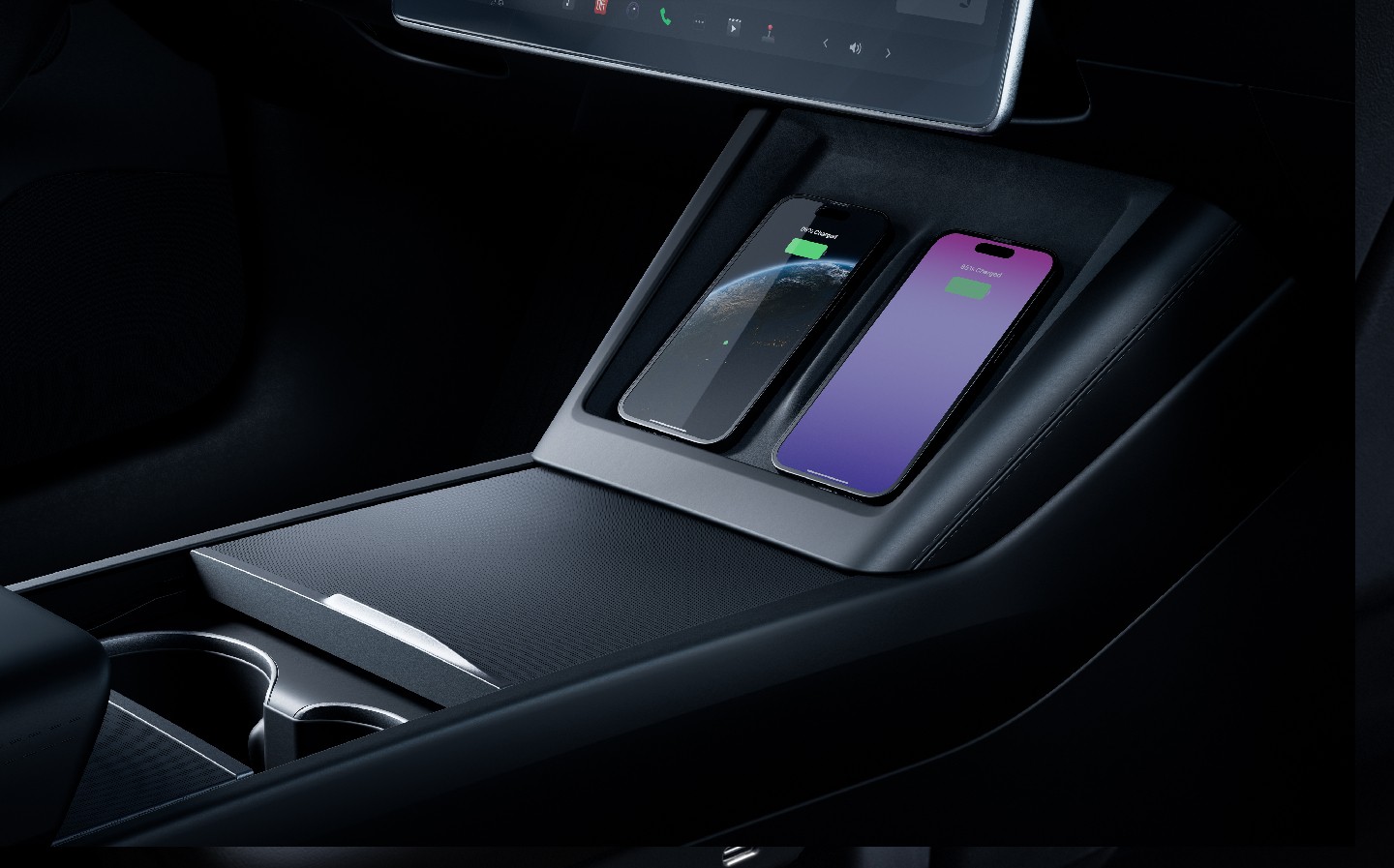 Tesla Model 3 Phone Charging Pads
Tesla Model 3 Phone Charging Pads
Tesla’s Autopilot driver-assistance system is standard, offering lane keeping and adaptive cruise control. However, it’s important to note that it’s not a fully autonomous system. In practice, while helpful in maintaining lane and distance on motorways, it can be less intuitive in more complex driving scenarios, sometimes disengaging unexpectedly during lane changes.
Range, Charging, and Efficiency: Leading the Charge
One of Tesla’s key strengths is its impressive range and charging infrastructure. The updated Model 3 boasts an official range of up to 318 miles for the rear-wheel-drive version and a remarkable 390 miles for the Long Range model. Real-world range will vary depending on driving style and conditions, but the Model 3’s energy consumption is generally very efficient. The onboard energy data displays are helpful in predicting range accurately, and the car consistently demonstrates impressive miles per kWh figures, often exceeding 5 miles/kWh in efficient driving.
Tesla’s extensive Supercharger network, with over 12,000 chargers across Europe, is a significant advantage. The Model 3 can add up to 172 miles of range in as little as 15 minutes at a Supercharger, making long-distance travel in an EV more practical and convenient than ever. Rumors of even faster charging speeds in future Supercharger upgrades further solidify Tesla’s lead in charging infrastructure.
Practicality and Comfort: Everyday EV Living
The Model 3 offers good practicality for its size. The boot is surprisingly spacious, with additional underfloor storage and front trunk space (“frunk”), providing ample room for luggage and daily cargo. The seats are comfortable, and the driving position is generally good, although some taller rear passengers might find the rear seats a bit low, resulting in a knees-up seating position. Heated rear seats and USB-C ports throughout the cabin add to passenger comfort and convenience.
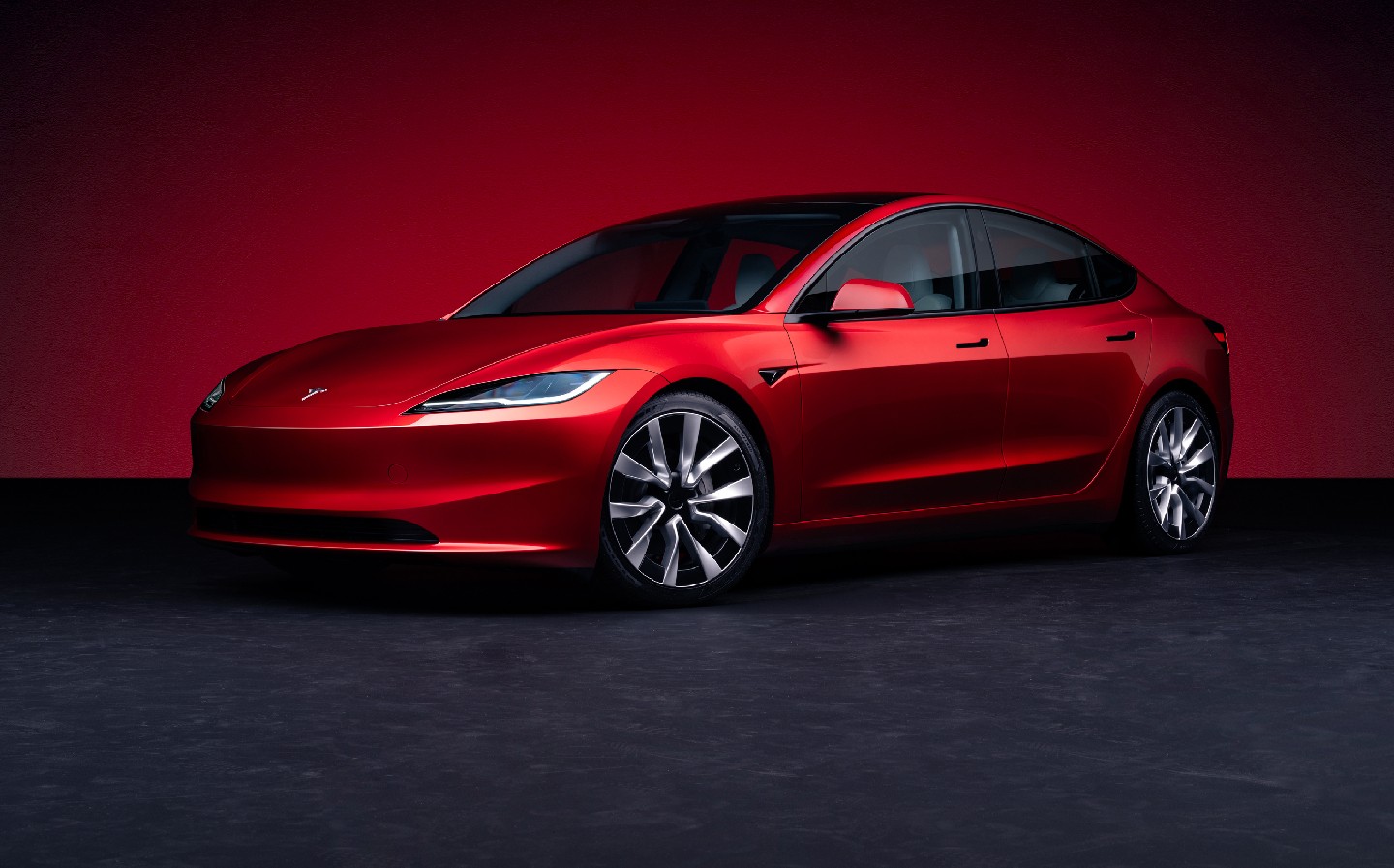 Tesla Model 3 Studio Image
Tesla Model 3 Studio Image
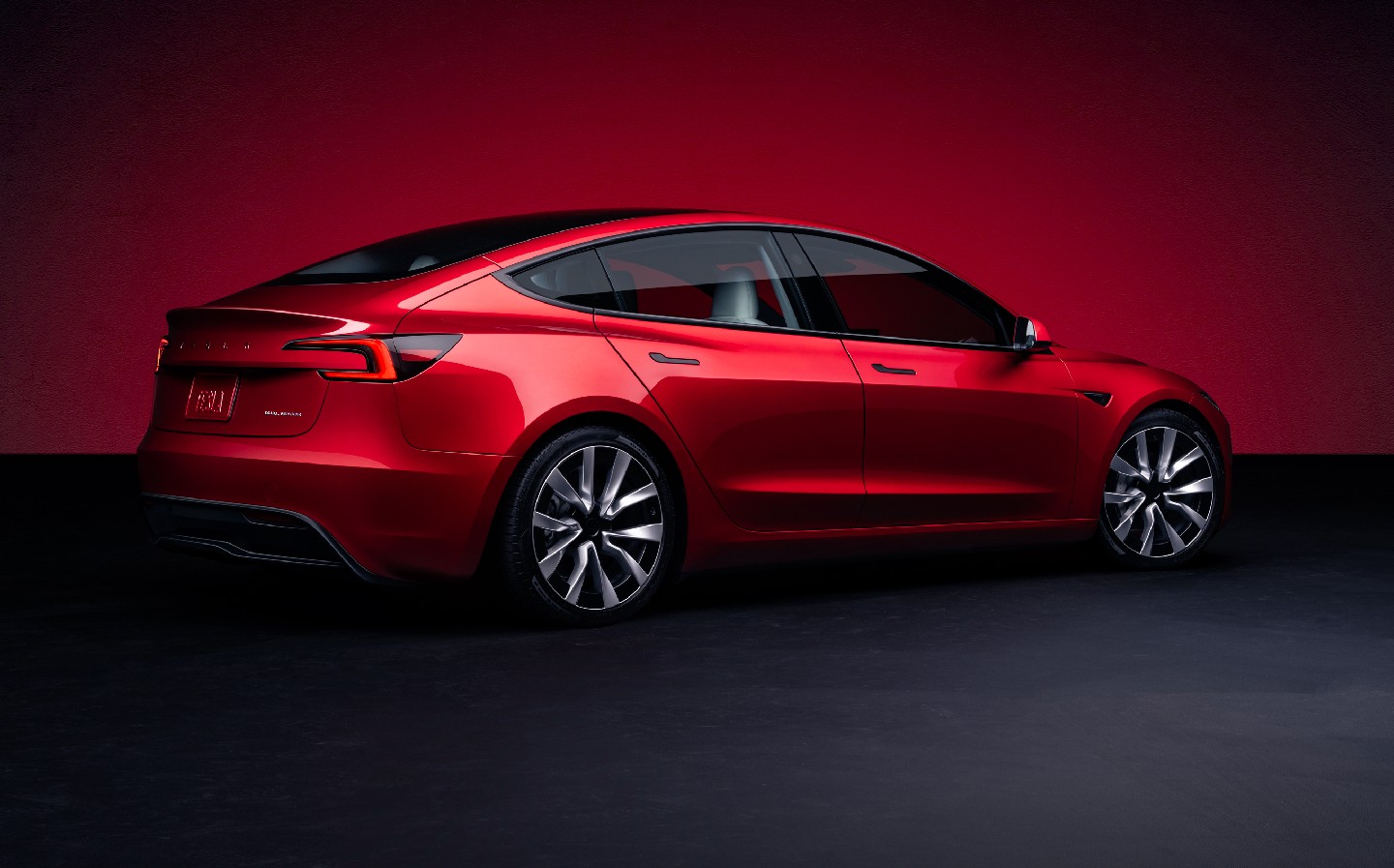 Tesla Model 3 Studio Image
Tesla Model 3 Studio Image
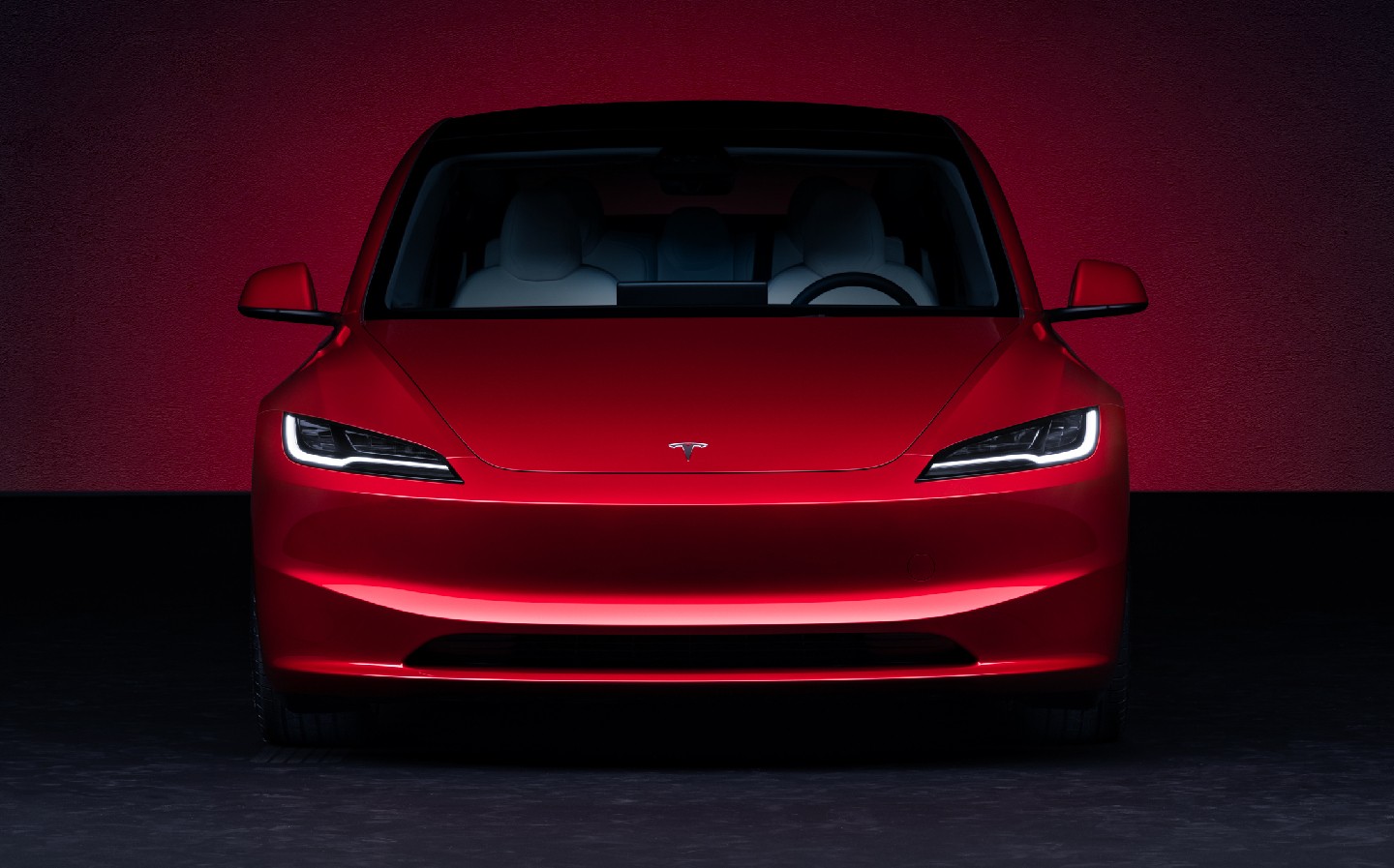 Tesla Model 3 Studio Image
Tesla Model 3 Studio Image
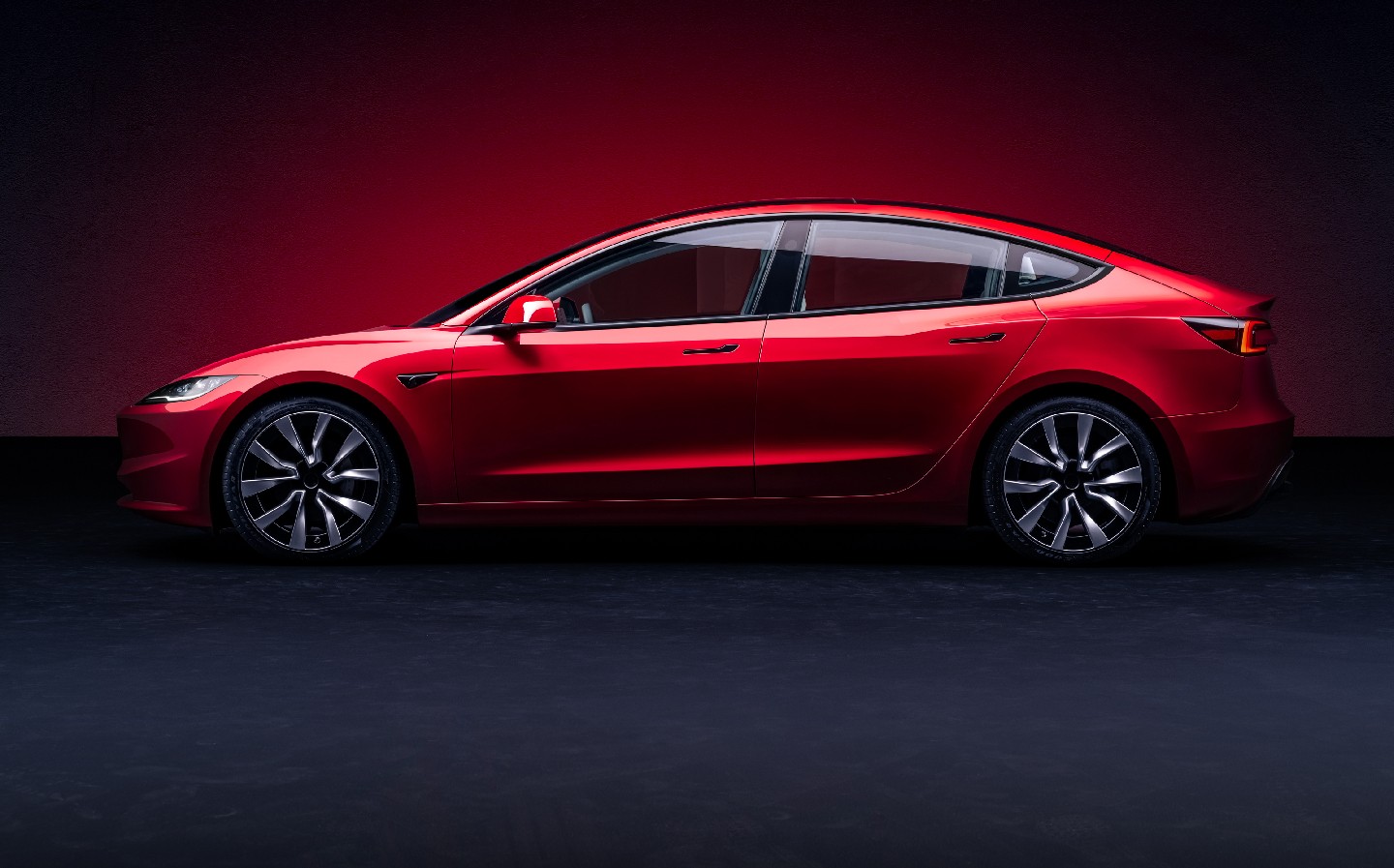 Tesla Model 3 Studio Image
Tesla Model 3 Studio Image
Competition and Pricing: Navigating the EV Landscape
The EV market is becoming increasingly competitive, and the Tesla Model 3 faces strong rivals. The Polestar 4, BYD Seal, BMW i4, Polestar 2, and Kia EV6 all offer compelling alternatives in terms of range, features, and price. The Polestar 4, in particular, is closely matched to the Model 3 Long Range in both range and price. Chinese manufacturers like BYD are also entering the market with aggressively priced EVs, putting pressure on Tesla and other established automakers.
Tesla’s pricing strategy can be volatile, with frequent price adjustments that can impact both new and used car values. This price fluctuation, driven partly by competition from Chinese EVs, is something potential buyers should be aware of.
Conclusion: Still a Top EV Contender?
The updated Tesla Model 3 builds upon an already strong foundation. It boasts improved styling, enhanced comfort, impressive performance, and access to Tesla’s unparalleled Supercharger network. While some of the design choices, like the steering wheel controls and reliance on the touchscreen, might not suit all tastes, the Model 3 remains a technologically advanced and highly desirable electric vehicle.
For those already within the Tesla ecosystem or drawn to its minimalist and tech-forward approach, the updated Model 3 is a compelling option. However, buyers should also consider the growing range of excellent EV alternatives available in the market. Ultimately, the Tesla Model 3 review verdict is that it remains a top contender in the EV segment, but the competition is closer than ever. Whether it’s the right choice for you will depend on your individual priorities and preferences in the rapidly evolving electric car landscape.
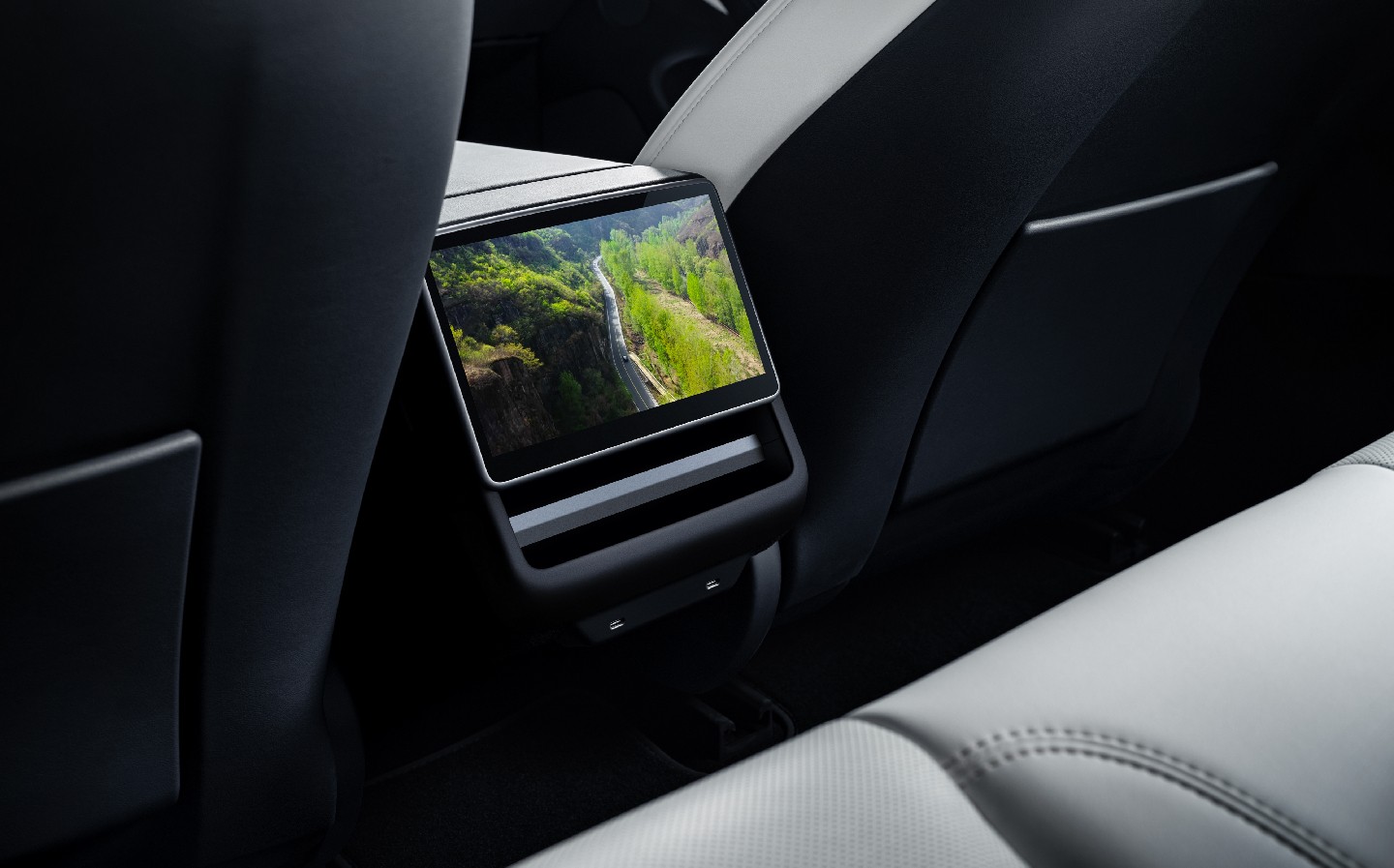 Tesla Model 3 Rear Screen Entertainment
Tesla Model 3 Rear Screen Entertainment